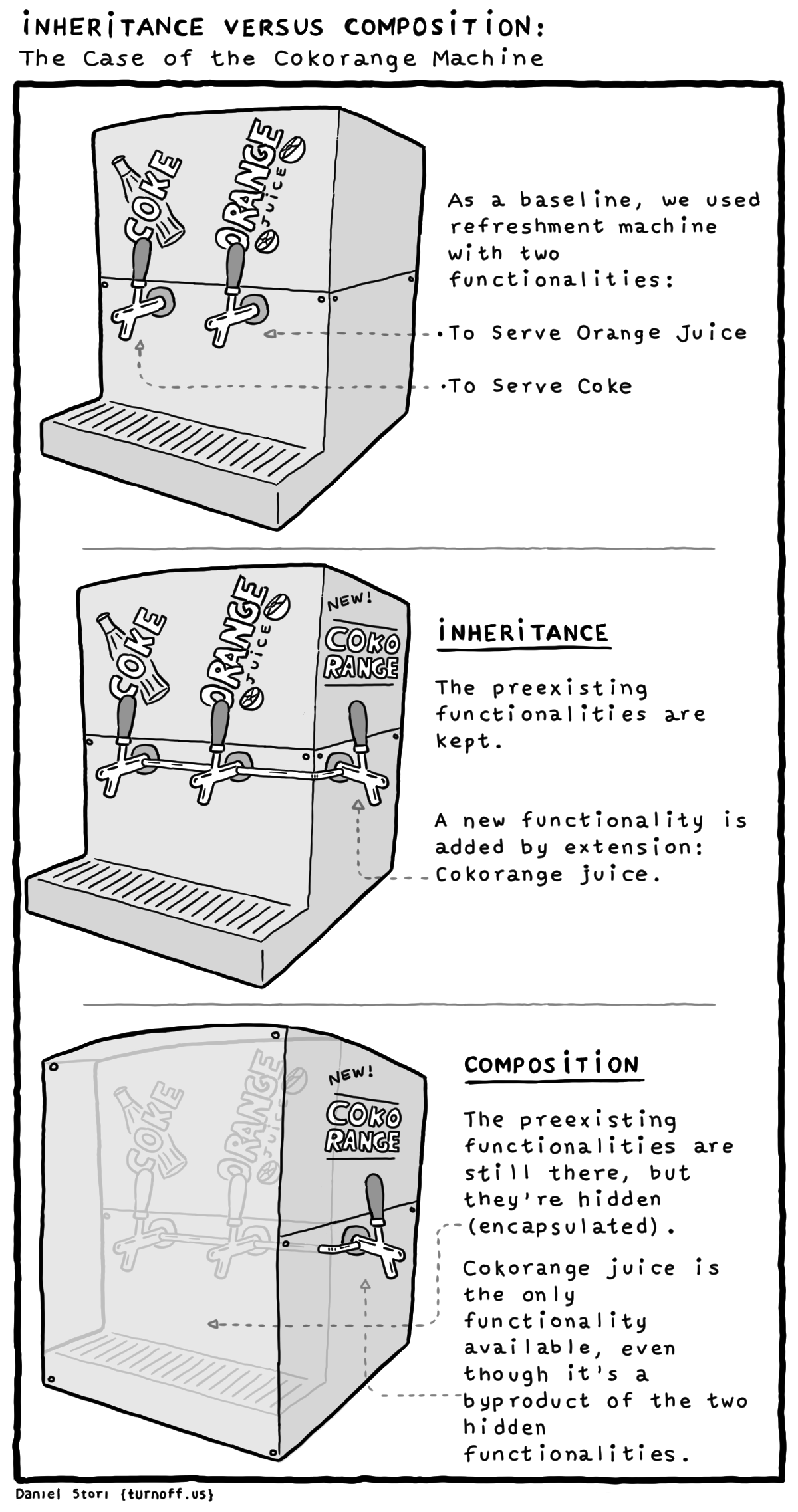 Documentation
¶
Documentation
¶
There is no documentation for this package.
 Directories
¶
Directories
¶
Click to show internal directories.
Click to hide internal directories.
